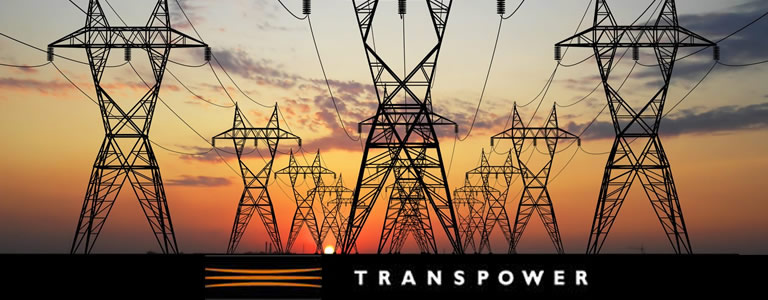Transpower owns and operates the core power system for New Zealand. This system delivers energy generation to energy consumption via a high voltage AC transmission network (a.k.a. the grid).
Ensuring efficient and reliable delivery is a complex task, requiring contingency planning to maintain system frequency and voltage.
Doing this well means being able to run more low carbon, renewable, generation which is intermittent in nature compared to coal or gas fired plant.
It also means preventing cascade asset failure leading to widespread blackouts.
Transpower can increase efficiency and reliability by increasing their understanding of what comprises the energy consumption at a point of offtake from the grid.
This will be especially important in the future with expected uptake of household solar generation, batteries, electric vehicles and home energy management systems.
Transpower sees one value for energy consumption per offtake point, but this represents a net value of various consumption types - e.g. air conditioning, dryers, lights, LED lights, small industrial – and generation types – e.g. small wind farms or hydro plant.
By utilising highly frequent offtake data, Transpower wants to estimate the amount of each component, in particular the typical range of variation.
This will help them determine requirements for reliable supply.
For instance, because different offtake types have different impacts on an AC power system, e.g. how much inductance they create, or whether they provide reactive support, knowing how much of one component exists in a given location will allow planning of what reactive power is required from generation or reactive plant such as Static Var Compensators.
